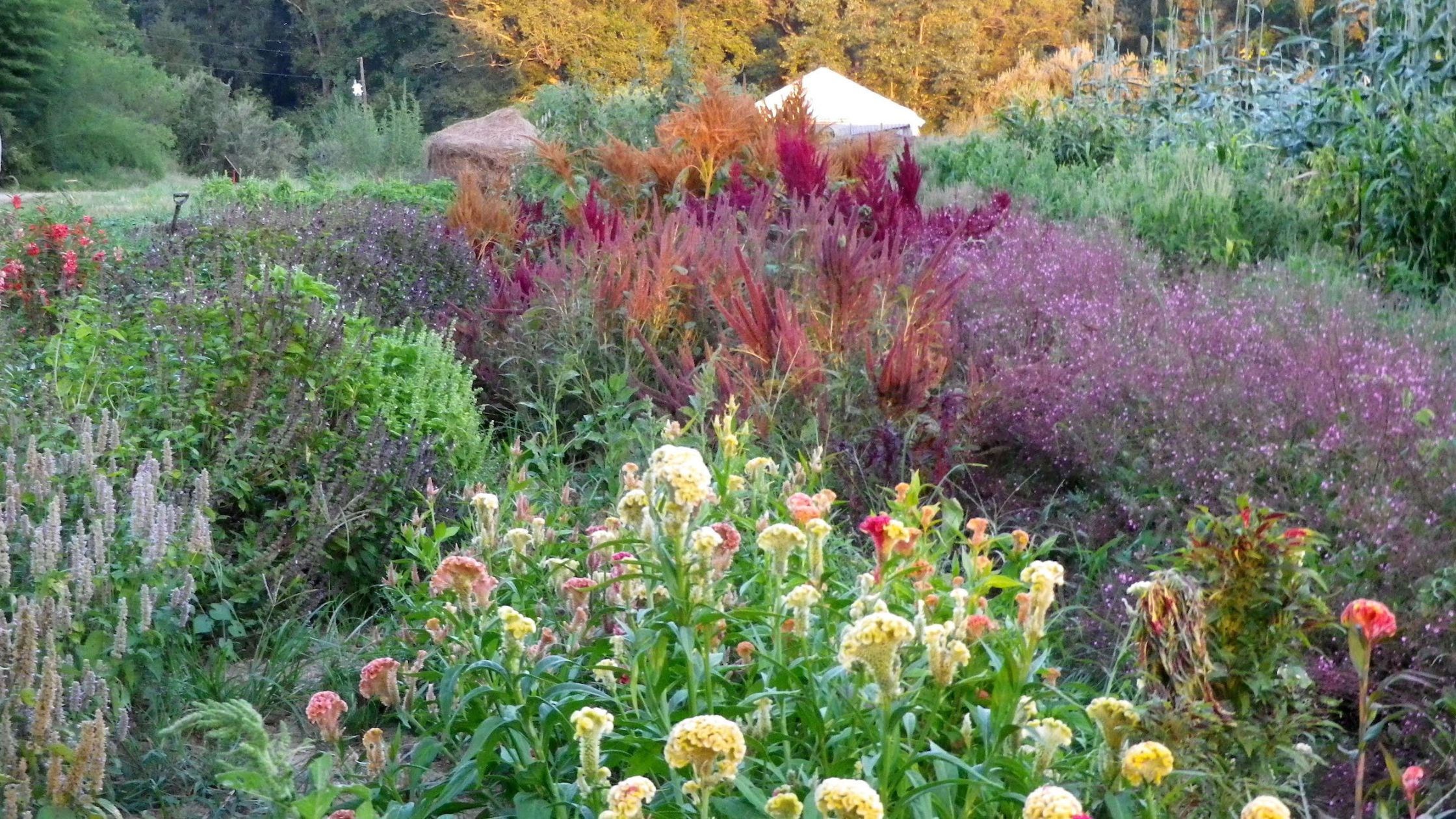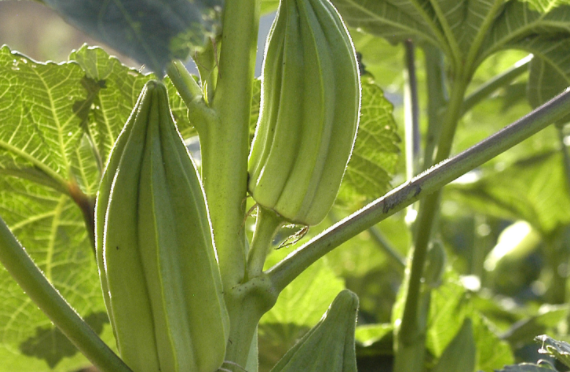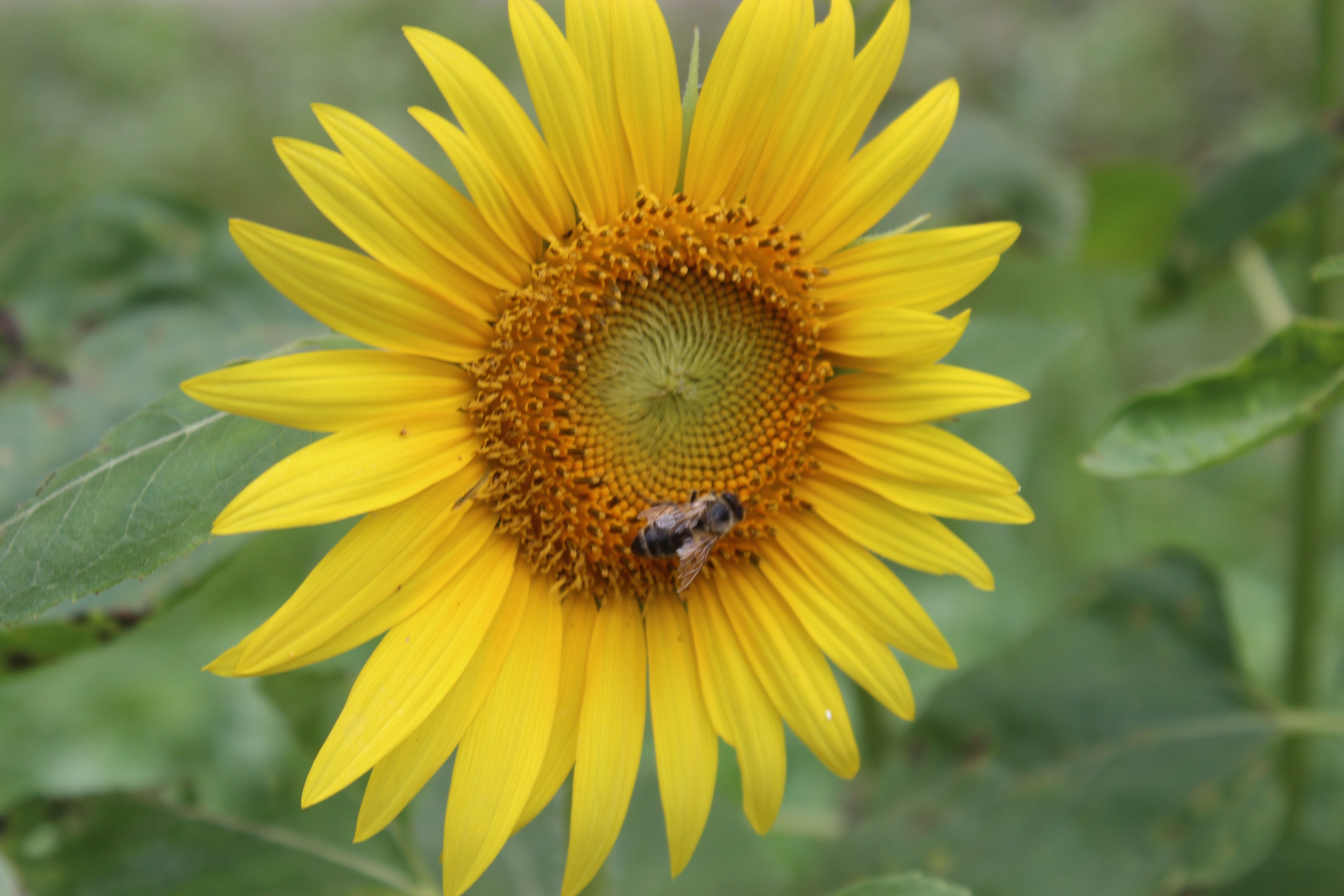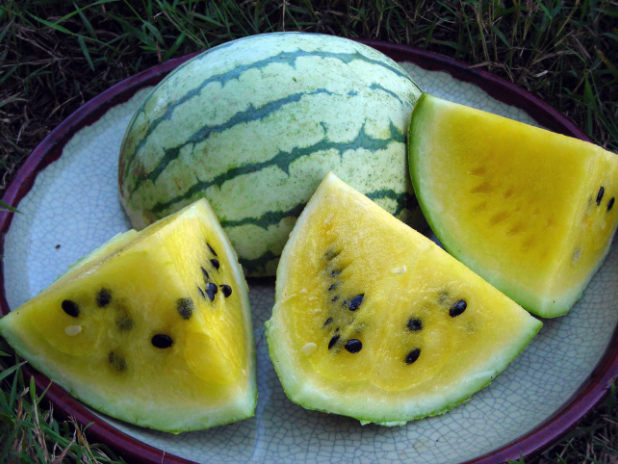We’re into the hottest days of summer now. For many, it’s a bountiful time of year. You may be harvesting armloads of summer squash, tomatoes, cucumbers, green beans, and other favorites at this point in the season. Unfortunately, you may also begin to spot signs of heat stress in your plants, especially if you live in an area affected by prolonged heat waves. Recognizing heat stress and knowing how to prevent and stop it can improve your harvest.
What Does Heat Stress Look Like?
Heat stress can look different depending on the plant and local conditions. Here are a few common features you might see if plants in your garden are stressed.
Bolting
Bolting is when a plant goes to flower and usually becomes bitter and inedible. While bolting is a natural part of many crops’ life cycles, premature bolting is often a sign of heat stress. In hot weather, you may notice your broccoli, cauliflower, lettuce, and spinach bolting.
Wilting
While dropping leaves can also be a sign of disease, it’s often a sign of heat stress. If your plants droop during the heat of the day but perk back up in the evening, it’s probably the heat.
Blossom and Fruit Drop
Plants may drop fruit and blossoms in extreme heat to conserve resources for survival. You may also notice misshapen or unreformed fruit like cucumbers. Often these plants will recover after a heat wave passes.
Sunscald
Some crops, particularly tomatoes, melons, and peppers, may develop sun scald on the side of the fruit exposed to the sun. This may look like watery spots, blistering, or discolored spots. It often occurs in plants that have lost much of their foliage to disease.
Blossom End Rot and Other Disease Issues
Blossom end rot can be annoying when you grab a tomato that looks perfect on top and has a big black sunken spot on the bottom. While many will tell you that blossom end rot is a calcium issue, and that is true, it can be caused by heat stress. When stressed, plants can fail to take up enough calcium for fruit production even when it’s available in the soil.
Other disease issues may also become more prevalent. Think of a stressed plant as a person with a weak immune system. They’ll be more susceptible to disease if they’re already fighting to survive.
How Do I Prevent Heat Stress?
While you can’t change the temperature, you can help your plants in other ways. Here’s how to prevent heat stress in your garden.
Keep Up With Weeding
When it’s hot in the summer, weeding is no one’s favorite task, but it is essential, particularly during these periods. Weeds compete with your plants for moisture and nutrients, putting extra stress on them.
Mulch
Once your garden is weeded, it’s time to apply mulch. Mulch is a simple way to insulate the soil keeping the soil cool and moist. It’s essential around young, and shallow-rooted plants as the top few inches of soil can heat up quickly.
Water
Especially in times of high heat, water consistently if possible. Watering deeply in the morning is ideal because it allows the water to soak in and not evaporate. However, if you notice dry, stressed plants, water them immediately. Watering the roots either by hand or with soaker hoses or irrigation will save water compared to overhead watering.
Provide Some Shade
Especially with cool-season crops, it can be a good idea to create some shade in the summer heat. You can use tulle or row cover to provide shade. You can also use taller crops like corn, pole beans, or sunflowers to offer a bit of shade to shorter crops. Shading the soil with vining plants like squash and cucumbers keeps the soil cooler for taller crops like sunflowers and corn.
Also, spots in your garden that don’t receive full sun may be an excellent space for summer greens. The morning sun tends to be much gentler than the afternoon sun.
Don’t Plant, Transplant, or Prune
These activities are stressful for plants and are best done in cooler weather. If you need to transplant, do so in the evening or on an overcast day. You may also want to provide transplants with artificial shade.
Harvest in Cool Weather
Your produce will stay fresh much longer if you harvest in the early morning or evening. Plus, it will be much easier on you! If you must harvest in hotter parts of the day and are going to harvest greens, bring along a bucket of ice water. Immediately plunging greens into the ice water will help them stay crisp and fresh.
Beating the heat isn’t always easy when you’re a gardener! Thankfully, these tips should allow you to keep your plants healthy through the heat of July and August.







